Gwalior Fort is an impressive historic fort located in the city of Gwalior, Madhya Pradesh. The fort is one of the largest and most significant forts in India and is a must-visit destination for anyone interested in history and architecture.
The Gwalior Fort was built during the 8th century and has been ruled by several dynasties over the centuries, including the Tomars, Mughals, Marathas, and Scindias. The fort is an architectural marvel with massive walls, towering gateways, and intricate carvings.
The fort is home to several impressive structures, including the Man Mandir Palace, the Teli Ka Mandir, and the Gujari Mahal. The Man Mandir Palace is one of the most impressive structures in the fort, with stunning architecture and intricate carvings. The palace was built during the Tomar dynasty and is considered a fine example of Hindu architecture.
The Teli Ka Mandir is another notable structure in the fort and is one of the oldest temples in India. The temple is dedicated to Lord Vishnu and is a unique blend of North Indian and South Indian architectural styles.
The Gujari Mahal is a museum located within the fort and houses a vast collection of artifacts and exhibits related to the history and culture of Madhya Pradesh. The museum has a collection of rare artifacts, including sculptures, coins, and paintings.
Visitors to the Gwalior Fort can also enjoy stunning views of the city from the fort's various vantage points. The fort is situated on a hilltop and offers panoramic views of the surrounding landscape.
The Gwalior Fort is open to visitors every day of the week from 9:00 AM to 5:00 PM. It is recommended to visit the fort during the daytime when the weather is pleasant, and you can explore the various structures and exhibits at your leisure. The fort can get crowded during peak hours, especially on weekends and holidays, so it's best to plan your visit accordingly and arrive early to avoid long queues. It is also advisable to wear comfortable footwear and carry water and sunscreen, especially during the summer months when the temperatures can soar.
The entry fee for visiting the Gwalior Fort varies depending on the nationality of the visitor. For Indian nationals, the entry fee is INR 75 per person, while for foreign nationals, the fee is INR 250 per person. In addition, there is a camera fee of INR 25 per camera for all visitors.
There are also separate fees for visiting the various structures and exhibits within the fort, such as the Man Mandir Palace and the Gujari Mahal Museum. The fees for these attractions range from INR 25 to INR 100 per person, depending on the attraction.
It is worth noting that there may be additional fees for hiring a guide or for using audio guides to explore the fort. However, these fees are optional and can be negotiated with the service providers.
The Gwalior Fort is a must-visit destination for anyone interested in history, architecture, and culture. With its impressive structures, rich history, and stunning views, the fort offers visitors a unique and unforgettable glimpse into the region's past and present. So if you're planning a trip to Madhya Pradesh, be sure to include a visit to the Gwalior Fort on your itinerary and experience the majesty and grandeur of this historic landmark.
Related Blogposts -

 Delhi to Bhopal Road Trip - The very first day of our 14 days long trip through east coast of India || Noida to Rameshwaram
Delhi to Bhopal Road Trip - The very first day of our 14 days long trip through east coast of India || Noida to Rameshwaram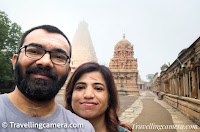 The Majestic Brihadeeshwara Temple: A Glimpse into the Architectural Brilliance of Thanjavur in Tamilnadu, India
The Majestic Brihadeeshwara Temple: A Glimpse into the Architectural Brilliance of Thanjavur in Tamilnadu, India
 Unlocking the Treasures of Saraswati Mahal Library in Thanjavur, Tamilnadu || Exploring India's oldest and most fascinating collection of manuscripts
Unlocking the Treasures of Saraswati Mahal Library in Thanjavur, Tamilnadu || Exploring India's oldest and most fascinating collection of manuscripts
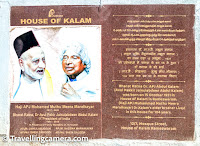 Exploring the Legacy of Dr. APJ Abdul Kalam at House of Kalam: A Journey through His Life and Achievements
Exploring the Legacy of Dr. APJ Abdul Kalam at House of Kalam: A Journey through His Life and Achievements
 Hotel Gokulam and Golden Minerva Coffee Cafe in Madanapalle, Andhra Pradesh, India || The town that provided us great food and a comfortable night stay
Hotel Gokulam and Golden Minerva Coffee Cafe in Madanapalle, Andhra Pradesh, India || The town that provided us great food and a comfortable night stay
 Exploring the Architectural Marvels and Historical Significance of Arulmigu Ramanathaswamy Temple in Rameshwaram, Tamilnadu : A Spiritual Journey Through Time
Exploring the Architectural Marvels and Historical Significance of Arulmigu Ramanathaswamy Temple in Rameshwaram, Tamilnadu : A Spiritual Journey Through Time
 Embracing the Serenity of Sunrise: Exploring Dhanushkodi in the Early Hours of the Morning | Tamilnadu Diaries
Embracing the Serenity of Sunrise: Exploring Dhanushkodi in the Early Hours of the Morning | Tamilnadu Diaries
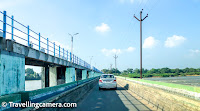

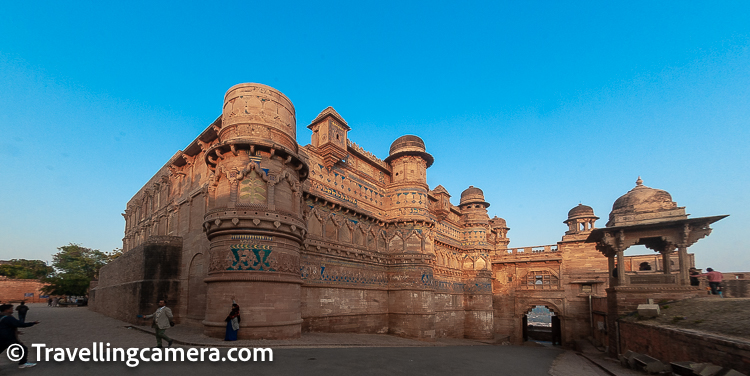



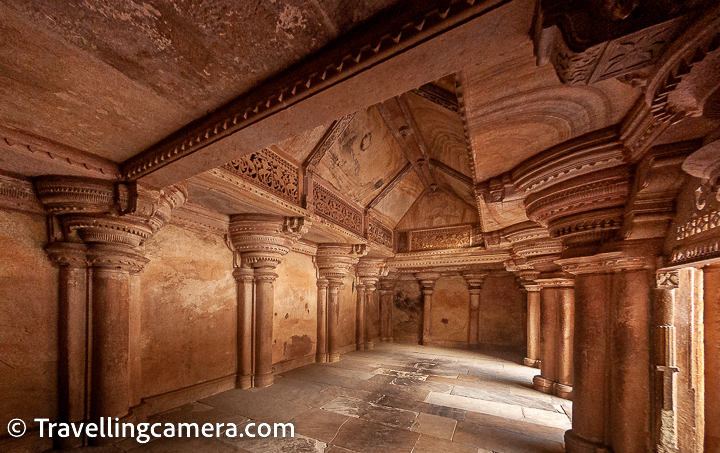
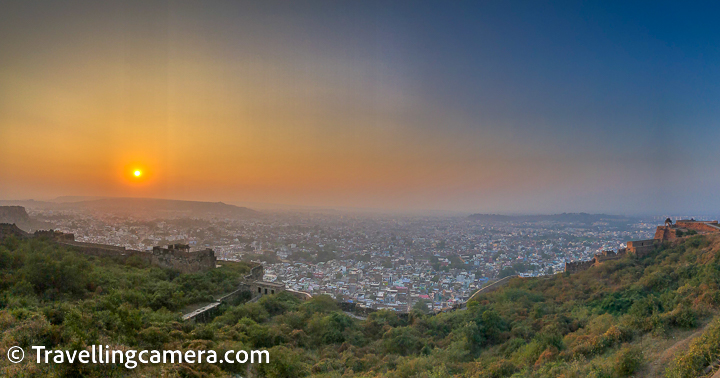
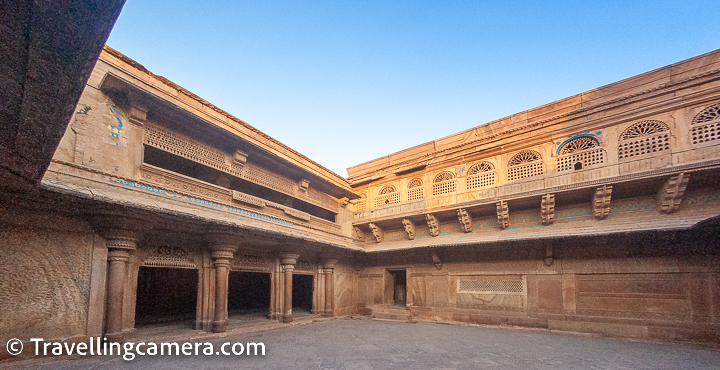

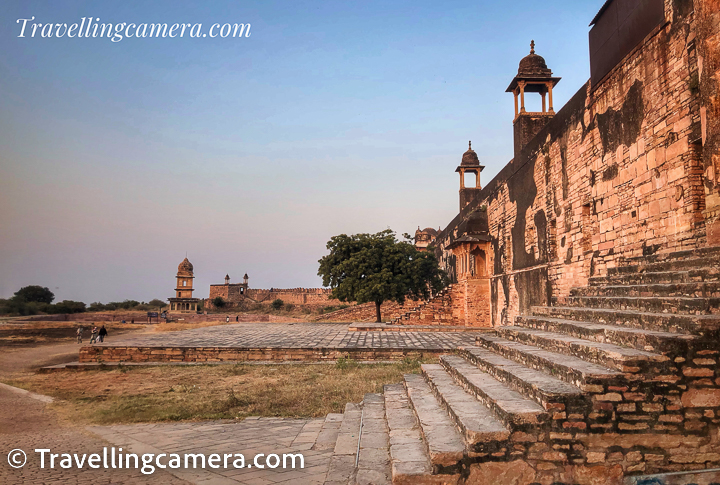


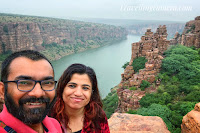

%20to%20see%20the%20Danish%20fort%20in%20Tamilnadu%20state%20of%20India-3.jpg)

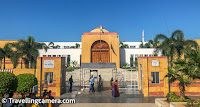







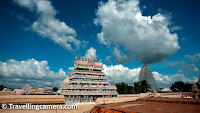
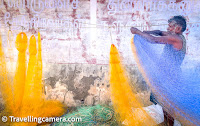

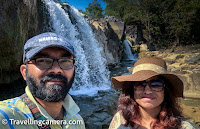

.jpg)
Comments